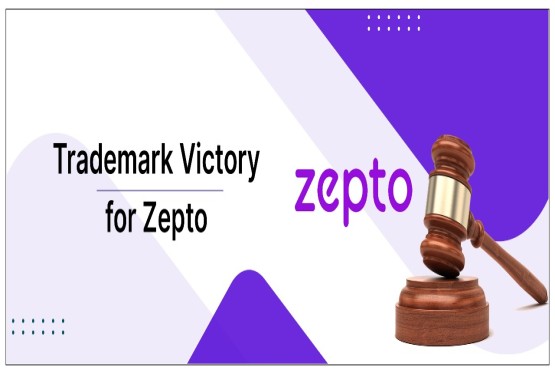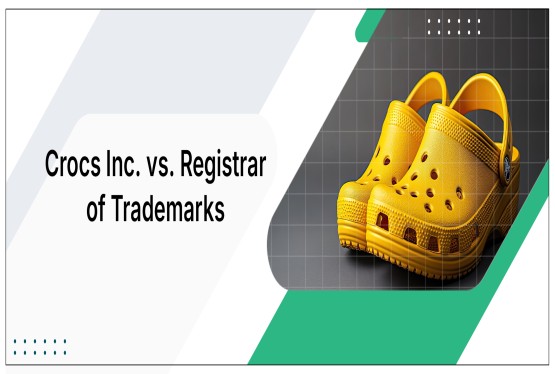Wondering about the term “Trademark Genericide” and not sure what it essentially means? In this article, we have talked about the trademark genericide in detail and you will get the concept clarity about genericide per se.
Generally speaking, a trademark is a recognisable sign, word, or symbol that can be used to identify and distinguish one product or service from others. It can be a word, logo, sound, colour, or slogan that helps associate a product or service with the company that manufactures or produces it. That being said, a trademark, as a source of identification, must be sufficiently distinctive in order to make an impact and become popular among consumers, and this distinctiveness can be either inherent or acquired through use of the trademark over time. It is ironic, however, that popular trademarks tend to become generic and lose their distinctiveness when the public associates the trademark with a specific product or class of products rather than the source/manufacturer of the product. Now, let us learn more about Trademark Genericide.
What is "Trademark Genericide"?
Trademark Genericide is the process by which a brand name loses its distinct identity as a result of being used to refer to 'any product or service of its kind' repeatedly. Remember how we call it Bambino instead of Vermicelli in Southern India?
Just imagine what happens when a product becomes associated with an entire category. It may become a victim of its own success.
Following are a few examples of TradeMark Genericide:
- The "Xerox" brand became synonymous with photocopying.
- The brand "Thermos" came to be associated with vacuum-sealed flasks.
- Ghee became synonymous with the Dalda brand.
In simpler terms, one's Brand has now become a Noun to the general public and that is what Trademark calls it a being Genericide under the Trademark Law as the public in general has been accustomed to using it for over a period of time.
You may think it is wonderful that one's brand is popular, but technically it may lose exclusive rights to a name that it has cultivated, but that is what success sometimes does to a brand.
Let us know the Legal Developmentunder trademark genericide
Courts have aided Brand in its fight against trademark genericide. In the case of B.V Ilango Himachalapathy vs. Rank Xerox Ltd., the Intellectual Property Appellate Board (IPAB) of India held in 2012 that if a company or brand took extensive measures to rectify and arrest the incorrect usage of their trademarked term, including sending cease and desist notices, it would not be considered a generic term. The decision of the IPAB - "perhaps the respondent has acted just in time to save its mark losing its life". In General, the Genericization Trademark is completely in the hands of the public, with little control in the hands of the brand and it can be beneficial or detrimental to the Brand depending on the circumstances.
How to save your brandfrom being trademark genericide to overcome potential threat
One of the best measure that brands can incorporate is to actively prevent their trademarks from becoming generic. Adobe, for example, has an entire page dedicated to trademark guidelines. The guidelines state unequivocally that the term "Photoshop" should not be used as a noun or verb by the general public. However, whether a company can truly control how the public uses its trademark remains to be seen.
When a trademark is used to the point where consumers begin to associate it with a specific product rather than its source, the trademark is said to have become genericized, or to have undergone Trademark Genericide, in which it becomes the common descriptive name of a certain product and the trademark owner no longer has exclusive rights to use the said trademark. Popular trademarks that have become genericized over time include 'Cellophane' tape, 'Escalator,' 'Thermos,' and 'Aspirin,' among many others.
What causes a brand name to be a case of trademark genericide
As previously stated, one of the primary causes of Trademark Genericide is the public's continued use of a trademark to the point where it is used to denote a specific product rather than the source of the said product. It is indeed a conflict for proprietors to have to choose between wanting to popularise their product and not losing their distinctiveness through synonymous use with the product. This risk is increased when the product is the first of its kind, as without any competing trademarks for similar products, the trademark eventually becomes synonymous with the product's name. The genericization of Otis Elevator Company's trademark 'Escalator' is a classic example of this. This term is now so common that it is defined by the Merriam-Webster dictionary as "a moving set of stairs that carries people up or down from one level of a building to another".
Reasons of trademark genericide
One of the concerning reason for trademark genericization is when a product can be identified more easily using the trademark rather than the product's actual name. For example, the trademark 'Dumpster' is easier to refer to the product 'mobile garbage bins' and the same goes with the trademark 'Velcro' which is used synonymously with the product, i.e., 'hook-and-loop fasteners'.
Once a trademark becomes a common noun for a specific category of goods or services, competitors may feel free to use it in relation to their goods or services, resulting in the mark losing protection and the proprietor of the said mark having no legal claim over it.
How to protect brand name from trademark genericide
To keep a trademark from becoming genericized, its owners must be extremely vigilant and take proactive steps to protect their trademark. Some of these steps can be resorted as a precautionary measure in saving your brand name from trademark genericide:
- Using the product's generic name in addition to the trademark. 'Q-Tip' for cotton swabs, for example.
- The trademark is used as an adjective rather than a noun or verb. For example, rather than saying "Google it," refer to the trademark "Google" as "Run a search on Google."
- Giving proper notice to consumers of a registered trademark by using either the letter R enclosed within a circle - ® or 'TM' for an unregistered mark.
- Raising objections to trademark infringement by sending cease and desist letters, initiating legal action for passing off or infringement, and so on.
- Misuse is frequently caused by a lack of education rather than malicious intent. In such a case, proprietors can take appropriate steps to educate the public about proper mark usage. In 2017, the owners of the trademark "Velcro" released a YouTube video titled "Don't Say Velcro" in which they expressed their concern about the use of their registered trademark as a noun or a verb and educated consumers about its proper usage. The general public was taken aback by this, as most were unaware that "Velcro" was the name of their brand, not the product with which they were dealing.
- Other precautions include using the word 'brand' after the trademark, using a distinctive typeface or style for the trademark, or simply capitalizing the first letter of the trademark to ensure that it is not used as a verb, among other things.
Final thoughts
Be apprised that generic word is not eligible for the IP Protection under the Trademark Law but as they say; there are two sides to the coin of trademark popularity. As important as it is to popularise a trademark to the point where it becomes a household name in the minds of consumers, it is also critical to take adequate precautions to protect the proprietor's rights by ensuring that the said trademark does not succumb to genericide.





























_(b)_of_the_Trademark_Act,_1999_(1)_crop10_thumb.jpg)



_crop10_thumb.jpg)




























_crop10_thumb.jpg)
_crop10_thumb.jpg)






_crop10_thumb.jpg)








_crop10_thumb.jpg)
_crop10_thumb.jpg)



_crop10_thumb.jpg)





























_crop10_thumb.jpg)

















_crop10_thumb.jpg)






_crop10_thumb.jpg)












































































































































_crop10_thumb.jpg)




































_crop10_thumb.jpg)












_crop10_thumb.jpg)






















